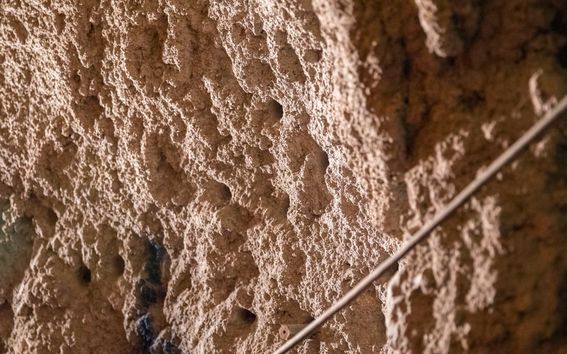Mineral-based materials and mechanics

Our field of study brings together a set of civil engineering practices and professions that deal with mineral-based construction materials or products and structures applying such materials. The disciplines involved not only affect our everyday lives, but also make a significant scientific contribution in our society as it looks to cope with increasing infrastructural defects, climate variability and a need to reduce the use of non-renewable raw materials.
The research of mineral-based materials and mechanics embraces the study of soils, aggregates, rock, concrete and other building materials so that the strength and durability of various civil engineering structures can be assessed and assured.
Our work comprises the development of various computational modelling and numerical methods for enhancing the use of pressure- and time-dependent materials in the built environment. The group has experimental facilities for both on-site and laboratory investigations to validate our simulations of engineered systems.
Current topics
Current research projects are mainly funded by Academy of Finland as well as domestic and international R&I sources and carried out in collaboration with our partners. Topics of research projects are related to novel computational models and methods, the safety of nuclear facilities, use of soil and rock as the source of thermal energy, techniques for mineralogical characterisation, durability of asphalt and concrete mixtures and new composite materials to increase the tension capacity of mineral-based materials.
The research group offers multidisciplinary expertise to support the use of soil and rock resources as a part of the built environment. The group actively supports the transfer of knowledge to small-scale entrepreneurs and larger industry actors.










